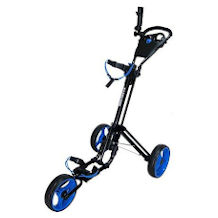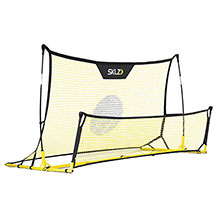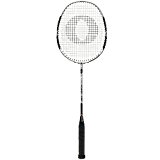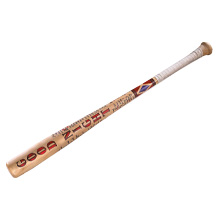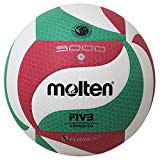Basketball hoop purchasing advice: how to choose the right product
- What You Need to Know
- Having your own basketball hoop allows you to play at home and removes the need to look for a free public hoop.
- Wall mountable hoops can be mounted on the wall of the house or garage at a fixed height.
- Models with a stand are also available. They come equipped with either a floor anchoring or with a weighted base.
- Only models with stands are adjustable in height, with the highest possible position being the competitive standard. Children can start with a lower height.
Getting Involved with Basketball
Basketball is one of the ten most popular sports, with over 800 million fans worldwide. It is loved for its trickery and technique, with many fans choosing to play the sport in their free time. Many basketball lovers demonstrate their skills by playing at club level, while others prefer to play privately with friends or alone.
“Streetball”, a basketball derivative from the U.S., has also been gaining popularity in Europe for some time. Unlike in traditional basketball, there is no fixed set of rules here. Instead, the focus of streetball is on creativity and tricks that confuse opponents.
Those who want to play streetball or basketball outside of a club usually look for a public basketball court. However, depending on where you live, accessing a court can be difficult. Moreover, public courts are often occupied and those already playing are not necessarily willing to share. Having your own hoop at home can help solve this problem. With your own hoop, you, your family, and your friends can shoot hoops whenever you feel like it.
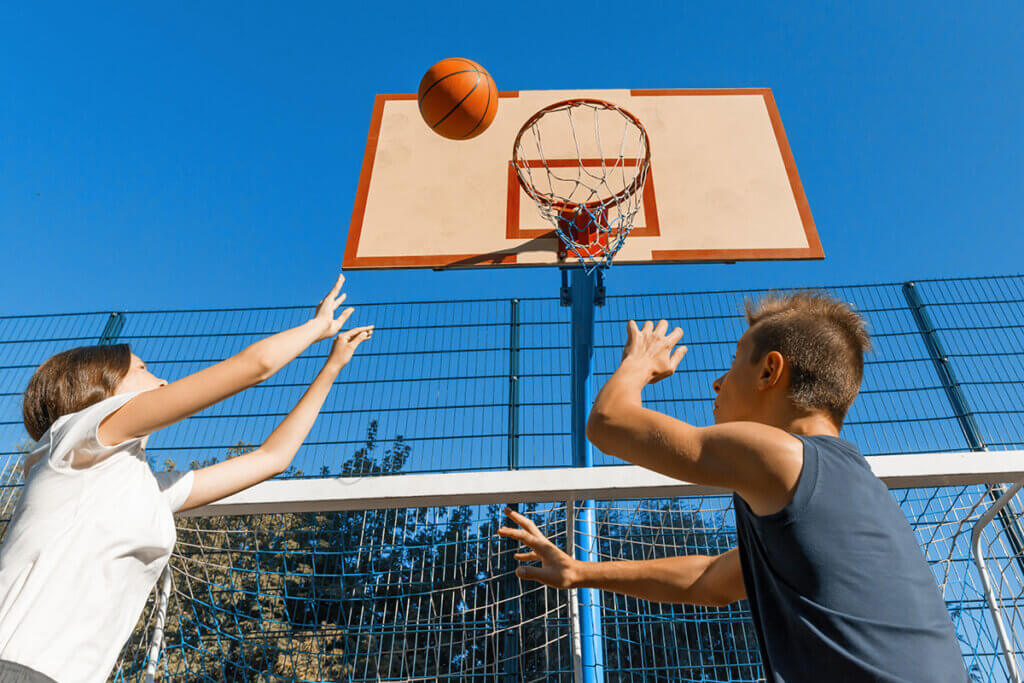
How Are Basketball Hoops Built?
To start playing basketball, you only really need one thing: a hoop. This is attached either to a wall bracket or to a so-called “backboard” at a 90-degree angle to the floor. Along the hoop there are about twelve loops, to which a net can be attached.
Different Types of Basketball Hoop
Basketball hoops can be categorised on the basis of their mounting. Some models are attached to a stand, while others can be bolted to a wall. Basketball hoops with stands are either sturdily built or firmly anchored. Wall-mountable baskets, meanwhile, can come with or without a backboard. An exception to this are mini basketball hoops, which, due to their small size, are mainly used for children or as an office gimmick.
Basketball Hoops with a Stand
In the case of basketball hoops with stands, the backboard of the hoop is attached to a pole. This is then either placed in a base or firmly anchored to the ground. In both cases, the basketball hoop can be adjusted in height.
Ground–anchored basketball hoops are also known as “in-ground”. They are characterised by their robustness and stability, which prevents them from damage– even during fully-charged games. Once the in-ground basketball hoop is set up, it can be difficult to reposition afterwards.
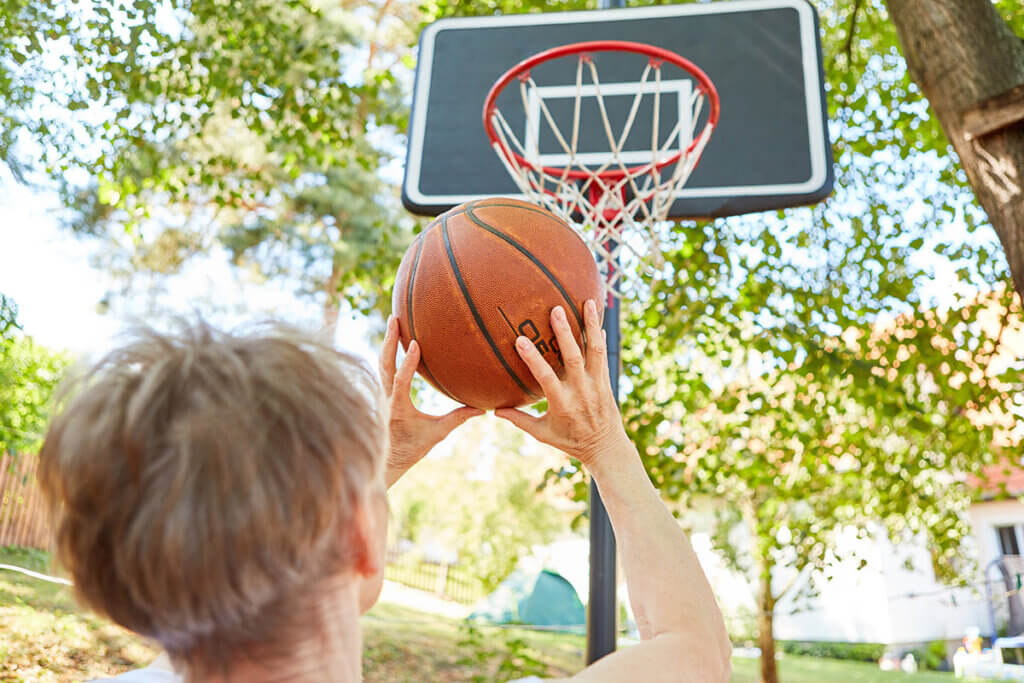
For those who want to move the hoop when it’s not in use, a mobile stand is recommended. Instead of using an anchor, a base that can be filled with either sand or water provides the necessary counterbalance. Many models are equipped with wheels that facilitate maneuvering. This allows you to store the hoop in a shed or garage after use, protecting it from the elements. It also eliminates the need to drill into the wall or floor.
Wall-Mounted Basketball Hoops
For wall-mounted hoops, the mounting devices are found either on the backboard or directly on the hoop itself. Wall-mounted hoops with backboards are especially suitable for uneven surfaces or for mounting on a garage. They can even be attached to trees.
Rebounding the ball off of the backboard is one of the most basic techniques in basketball. A simple layup, which many people probably know from school lessons, requires a backboard or a wall. When the ball bounces off the backboard, not only is the ball’s spin maintained, but also its trajectory.
Basketball hoops without a backboardcan also be screwed into a wall. The ball will bounce differently, however, depending on the texture of the wall. It is recommended to only attach the hoop to a wall that is as flat as possible. While basketball hoops that are attached to a wall are inexpensive, they are neither height adjustable, nor can they be flexibly positioned.
Criteria for the Ideal Basketball Hoop
A basketball hoop is only as good as its mounting. This means that the properties of the stand are as important as the quality of the basket.
What Does a Good Hoop Look Like?
Following the official guidelines used in professional leagues, the ring of a basketball hoop has a diameter of 45 cm (18 inches). However, this value is only significant for those who explicitly want to play according to competition standards. For casual use, the basket may well deviate from the official dimensions. A diameter of between 42 to 47 cm is common.
More important than this is the material of the hoop and net, as well as the springiness. The hoop is usually made out of metal tubing in different thicknesses. A robust steel hoop with a thickness of at least 16 mm is recommended. Thin basketball hoops are less able to withstand stress. After a certain time, they are liable to bend or even break from the constant contact.
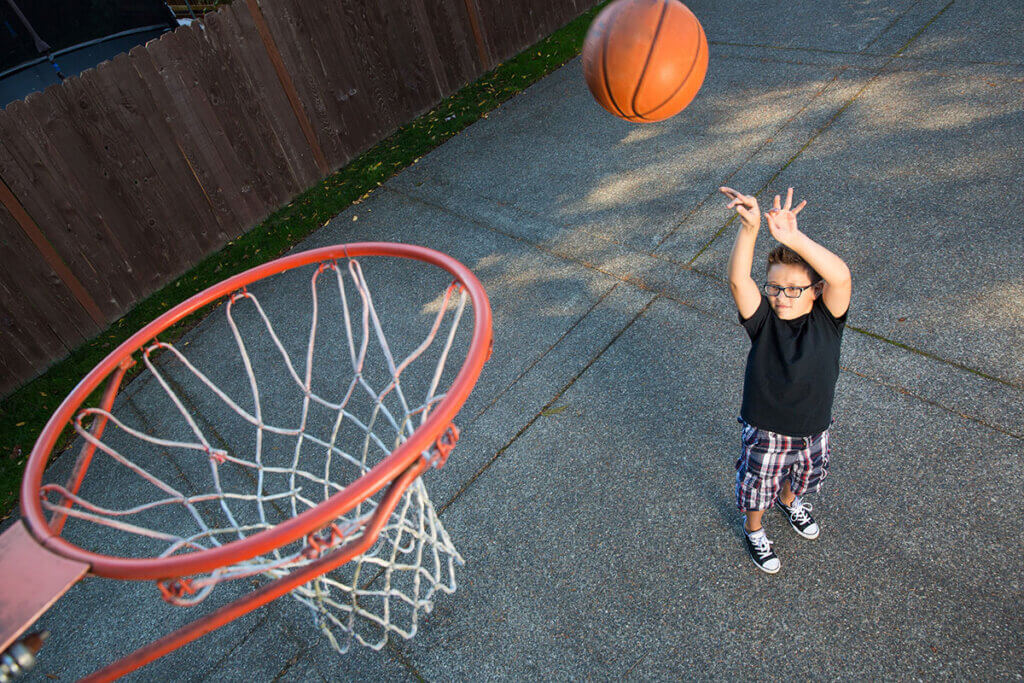
A weather-resistant paint or powder coating prevents the hoop from rusting. This is especially important for wall-mounted models or baskets with an anchored stand, as they cannot be stored indoors after use.
The net is often made out of polyester or nylon. Durable nylon is weather resistant, able even to withstand snow and rain. Some nets are made out of galvanized steel, which can also withstand any weather conditions. When compared to nylon nets, however, they get very loud if you make a basket. They are therefore less suitable for households with noise-sensitive family members or neighbours.
Irrespective of the mounting method, high-quality hoops come with suspension in the form of a double compression spring. This is particularly important for “dunking”, where a player hangs on the rim for a short moment. Baskets with suspension buckle a few centimeters and then spring back up again when released.
What to Look for in a Backboard
There are strict competition standards for the dimensions of the backboard: 183 cm (6 feet) wide, and 107 cm (3.5 feet) high. Backboards should have a small, drawn-on rectangle above the ring. It serves as a guide for beginners and helps to make shots more accurate. This inner rectangle measures approximately 61 cm (24 inches) wide and 45 cm (18 inches) long.
Playing at home doesn’t require you to meet all of the competition standards. A hoop that allows you to shoot with all the different techniques is enough. Ideally, your hoop should allow you to play one-on-one or two-on-two. For this, the backboard should be at least 100 cm. If the backboard is smaller than 100 cm, it can become difficult to shoot from certain angles. In addition to the competition standard size, manufacturers often offer models with dimensions of 120 x 80 cm and 140 x 80 cm.
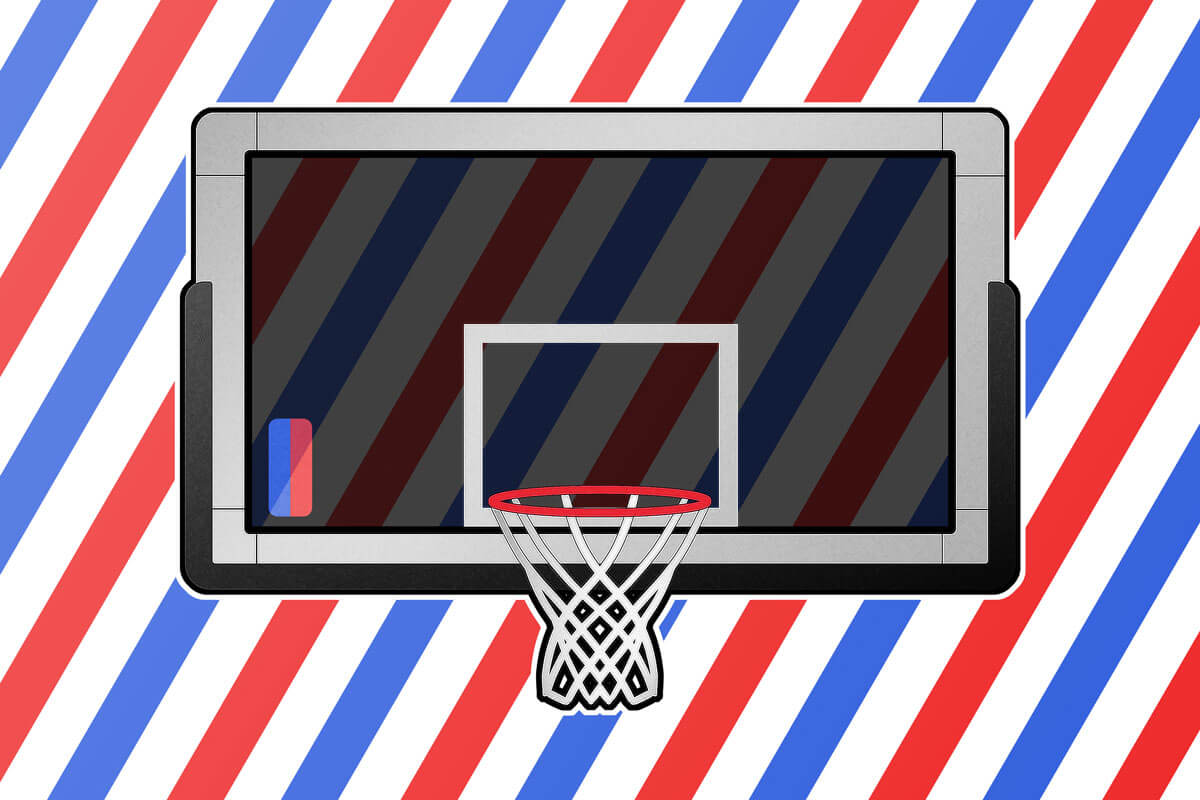
Common Materials
The material of the backboard determines how the ball behaves on impact. If high-quality materials are used, an experienced player can shape the shot so that the ball bounces at exactly the desired angle and lands in the basket. Acrylic glass, safety glass, polycarbonate, and polyethylene are most commonly used.
Acrylic glass, also known as Plexiglas, is a heat-resistant plastic. The ball rebounds well on acrylic glass, making it a popular material for backboards. The material is able to convert the spin of the impacting ball into a change of direction. When shooting from a greater distance, the player can shoot the ball against the backboard with backspin in such a way that the ball bounces in the direction of the basket.
Safety glass is the highest quality and most expensive material on the market. Boards made of safety glass are as good to play on as those made of acrylic. In addition to this, the material is not only almost indestructible, but it can also withstand any weather conditions. This makes safety glass a very durable choice. A safety-glass backboard is recommended more for professional use than for casual use with friends.
Plastic polycarbonate is good to play on, but the ball bounces more dully off a polycarbonate backboard than off versions made of acrylic or safety glass. Polycarbonate also does a poorer job of converting the ball’s spin than the more expensive alternatives.
Polyethylene is another material used in backboards. It is the least expensive of the materials mentioned here and is also the worst to play on, as balls bounce off its surface rather weakly.
Criteria for the Stand
A good basketball stand is characterised by its stability and sturdiness. One-piece stands made of metal are more stable and resistant than two- or three-piece models, which can quickly become wobbly where the pieces meet.
The biggest advantage of a basketball stand over a wall mounting is the ability to adjust the height of the basket. The official height of a hoop is 3.05 m, which is very high– especially for beginners and children. With a stand, you can position the basket lower if necessary, sometimes down to a height of around 2.0 m. The height of the basketball hoop can then be increased with the skills and age of the players. Adjustment is possible either with the stand or with the basket.
Height-adjustable stands consist of either two or three poles. You can extend these telescopically and lock them into the desired position. This design is mostly used for inexpensive basketball hoops.
Alternatively, the height can be adjusted on the basket itself. In this instance, the stand is just a sturdy pole, making the entire structure very stable. The simplest way to adjust the height involves releasing a lock on the backboard with the help of a broomstick and then using it to maneuver the basket.
Some models have a second bar behind the stand, on which a handle is mounted. Pressing the handle allows for the basket to be moved. Upon releasing pressure from the handle, the hoop locks into the selected position.
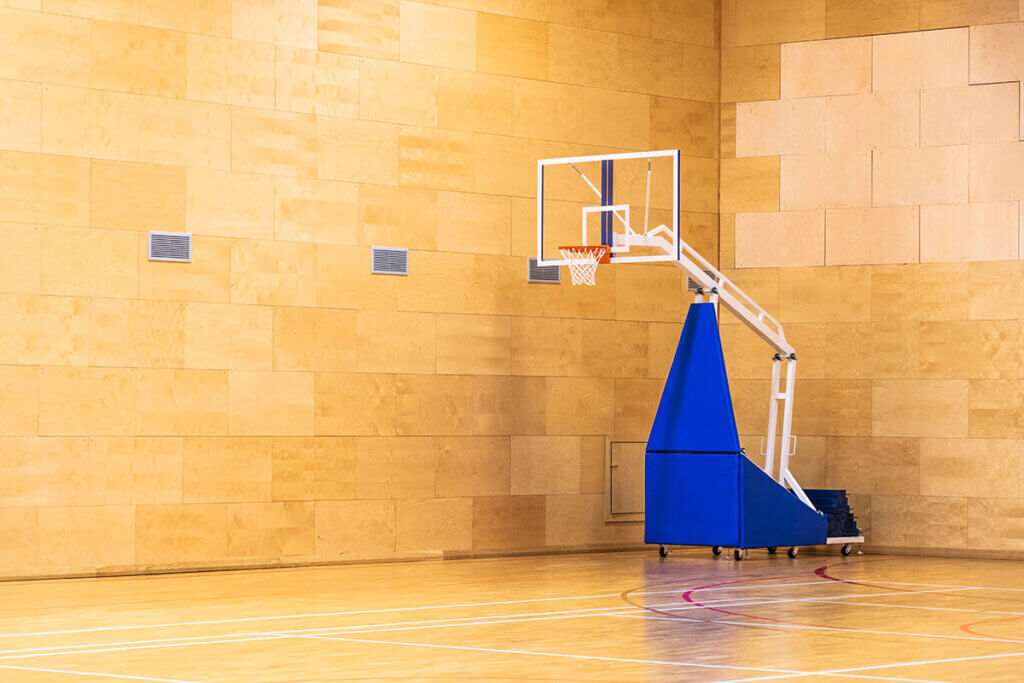
The least commonly seen is the so-called “pneumatic adjustment”. These models can also be adjusted with the help of a handle. Unlike more common versions, there is no grid to which the backboard snaps. The basket moves smoothly along a bar and can be locked into place wherever desired.
The Base of the Stand
In addition to a sturdy stand, a base, filled to provide counterbalance, is an essential component of mobile basketball hoops. The size of the base is measured by its volume. Smaller bases have a filling volume of about 50 litres, whereas large ones can hold up to 200 litres. The larger the volume, the more stable the basketball hoop will be. This is even more important when using a heavy metal stand, ensuring that the entire thing does not tip forward.
Water or sand can be used to fill the base. Filling the base with sand is more costly, but it can pay off due to its extra weight. If you fill the base with water instead, it makes sense to add an antifreeze. This helps to protect the equipment from damage in colder temperatures. Since large stands in particular are difficult to manoeuvre, many manufacturers equip them with wheels. These allow for easier transportation from the place where it’s being stored to the place of use.
Where Is the Best Place to Put a Hoop?
The type of mounting – stand or wall – depends largely on the space available on the property. If you do not have a suitable wall on which to mount a basket, you are better off with a stand. That said, it is not enough to just find a space for the basket. If you’re looking to not only shoot around but also to hold real games, you need enough space in the area for dribbling and movement. A playing area of at least 30 m² is advisable.
The playing surface is also important. To dribble properly with a basketball, a solid floor is required. Obstacles and trip hazards should be removed in order to reduce the risk of injury. Softer surfaces, such as grass, are only suitable for shooting practice.

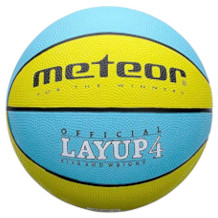
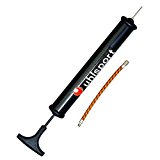


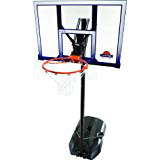
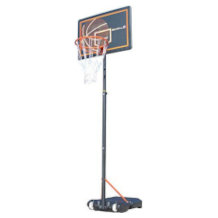

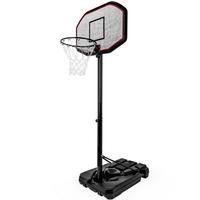


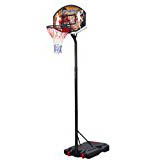
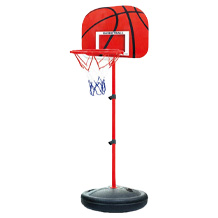
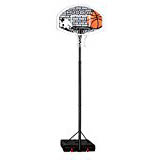
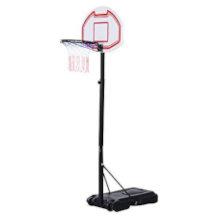


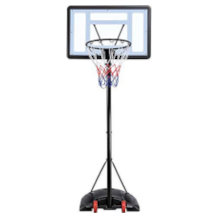

 3,010 reviews
3,010 reviews


